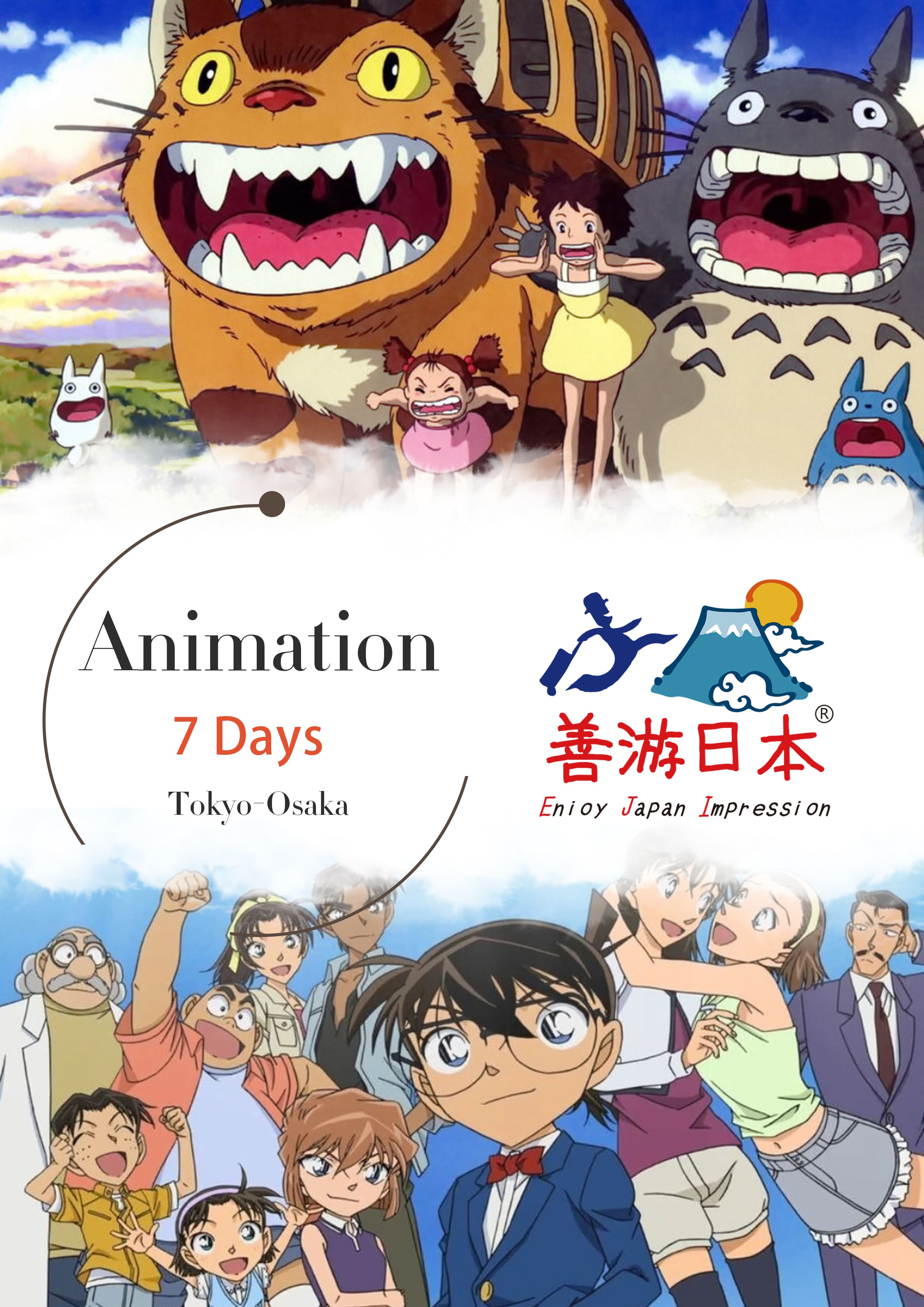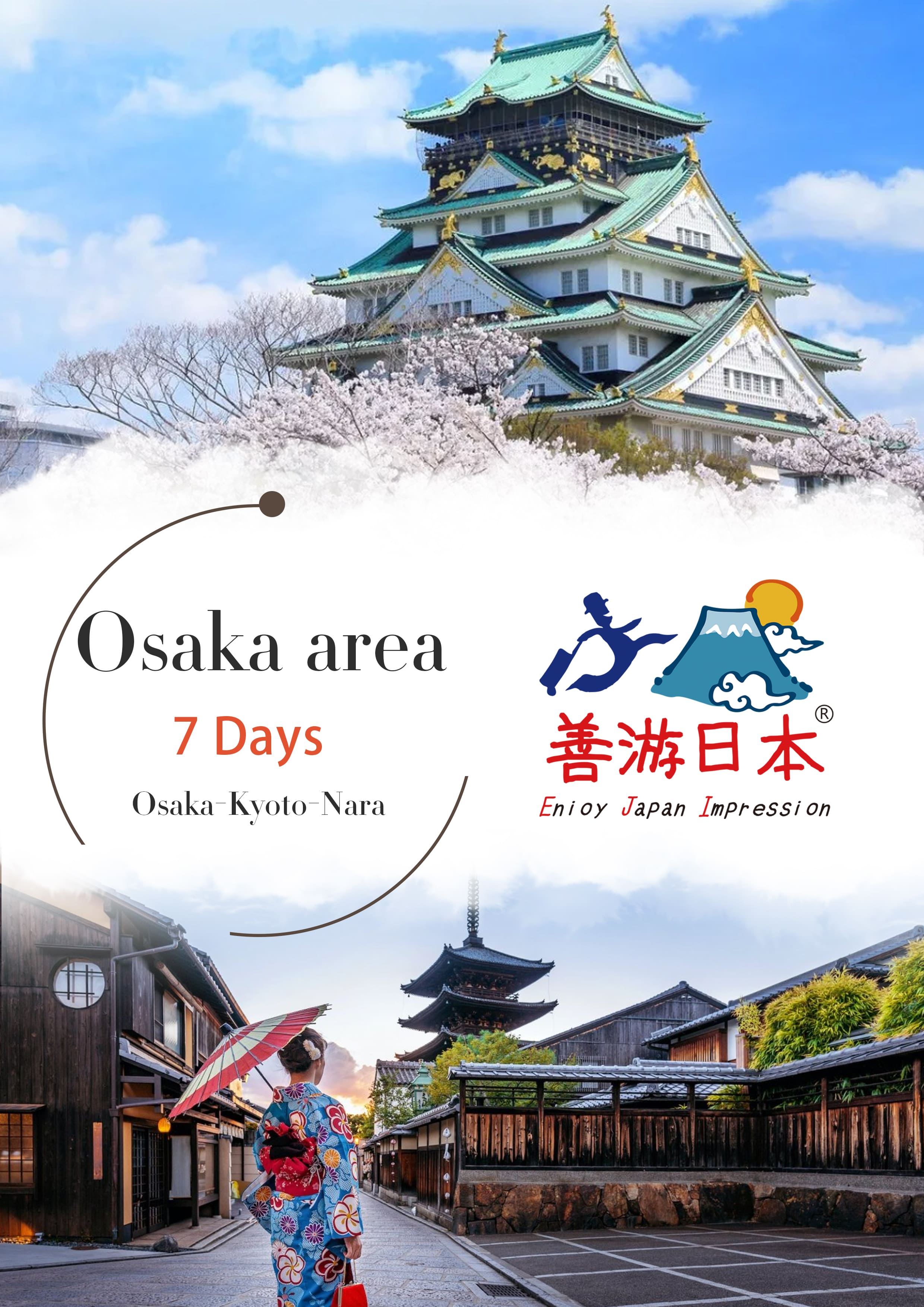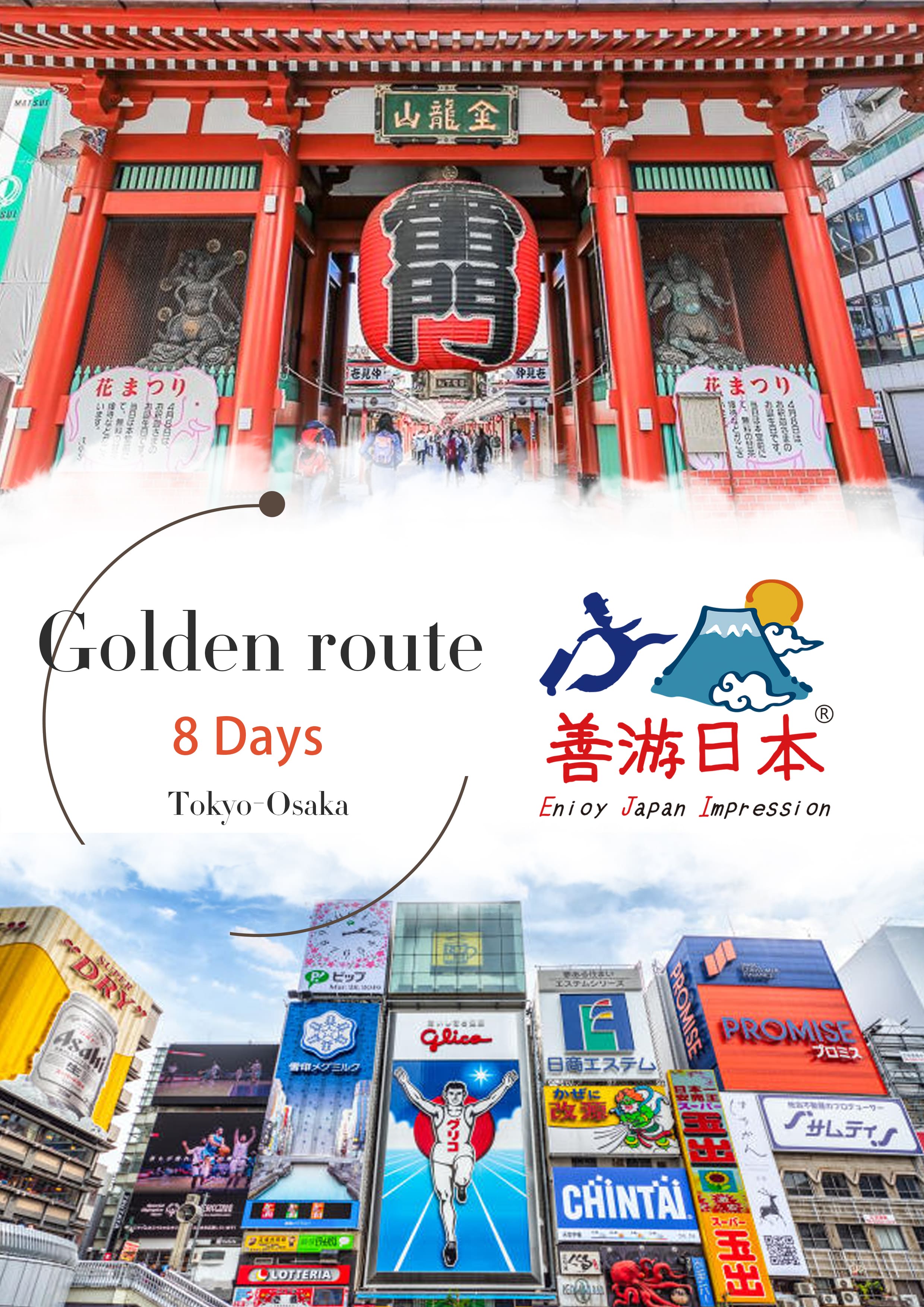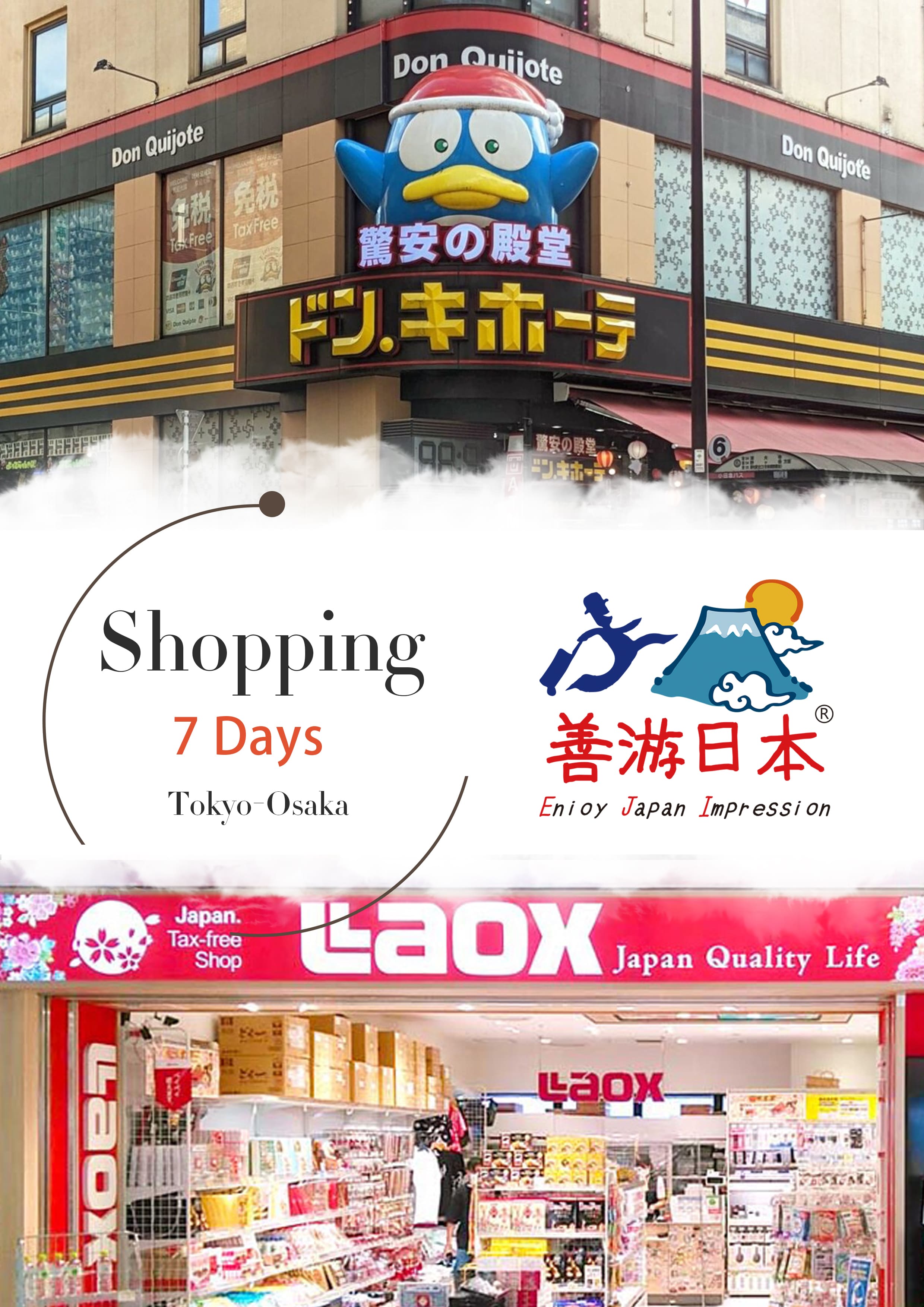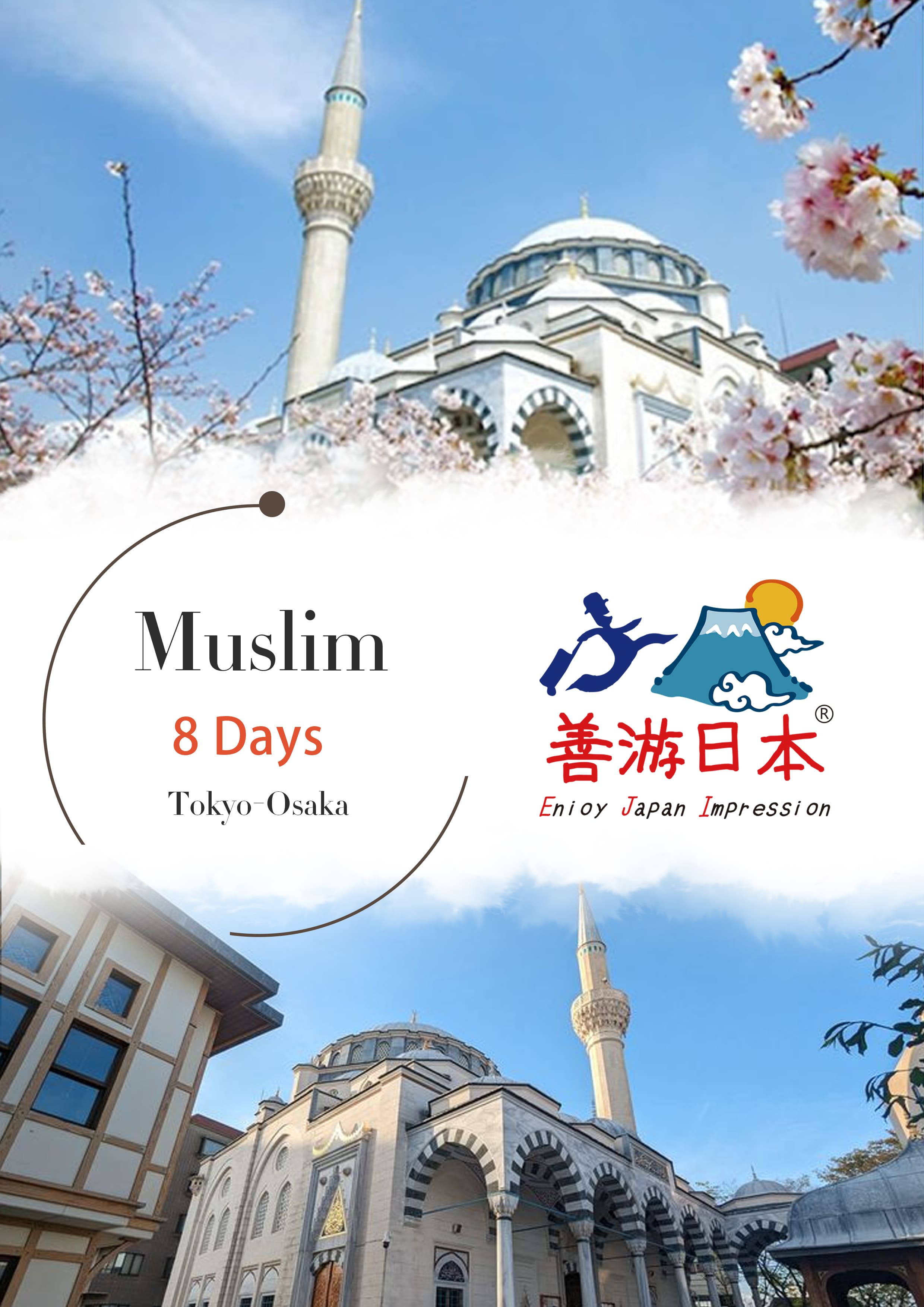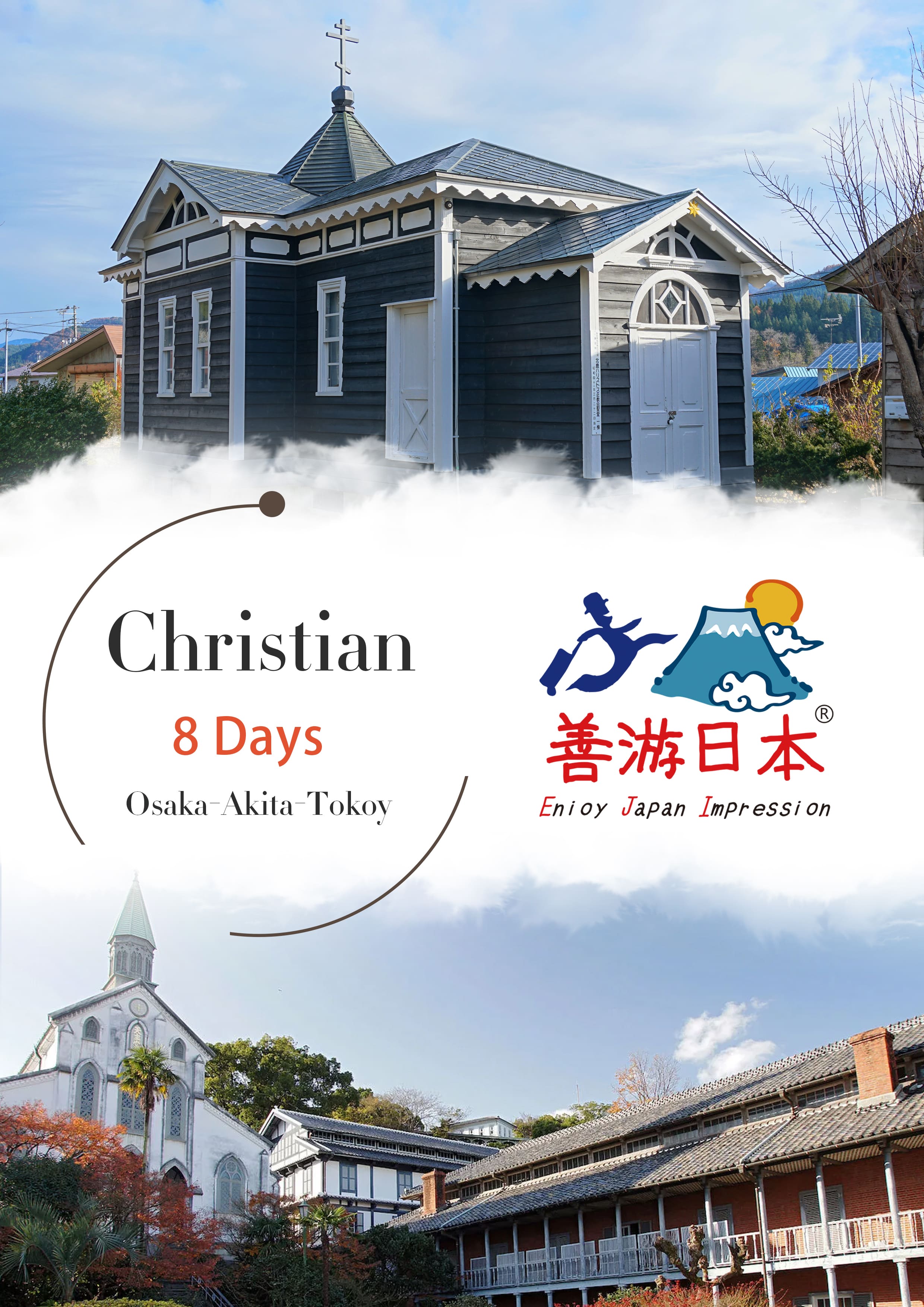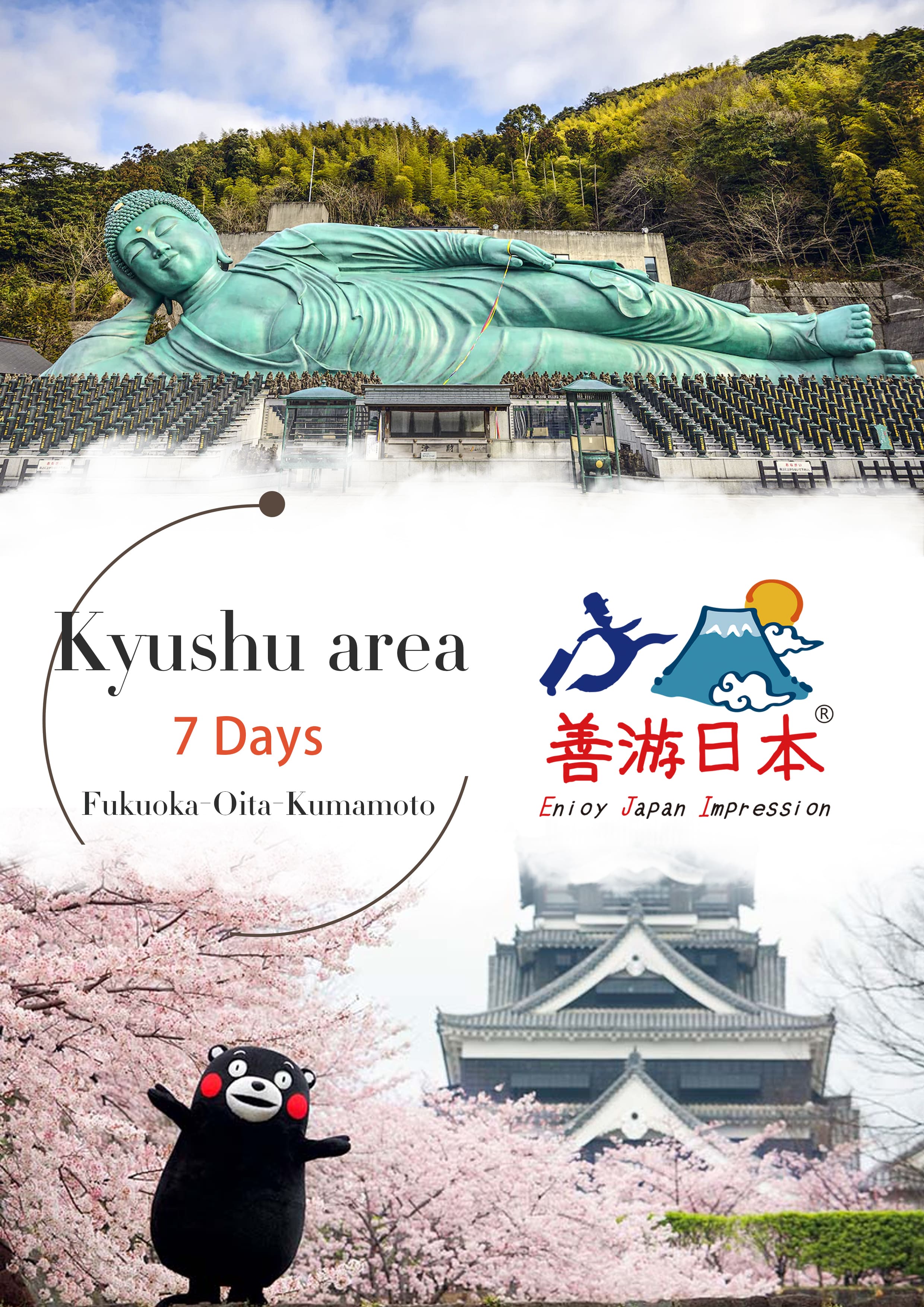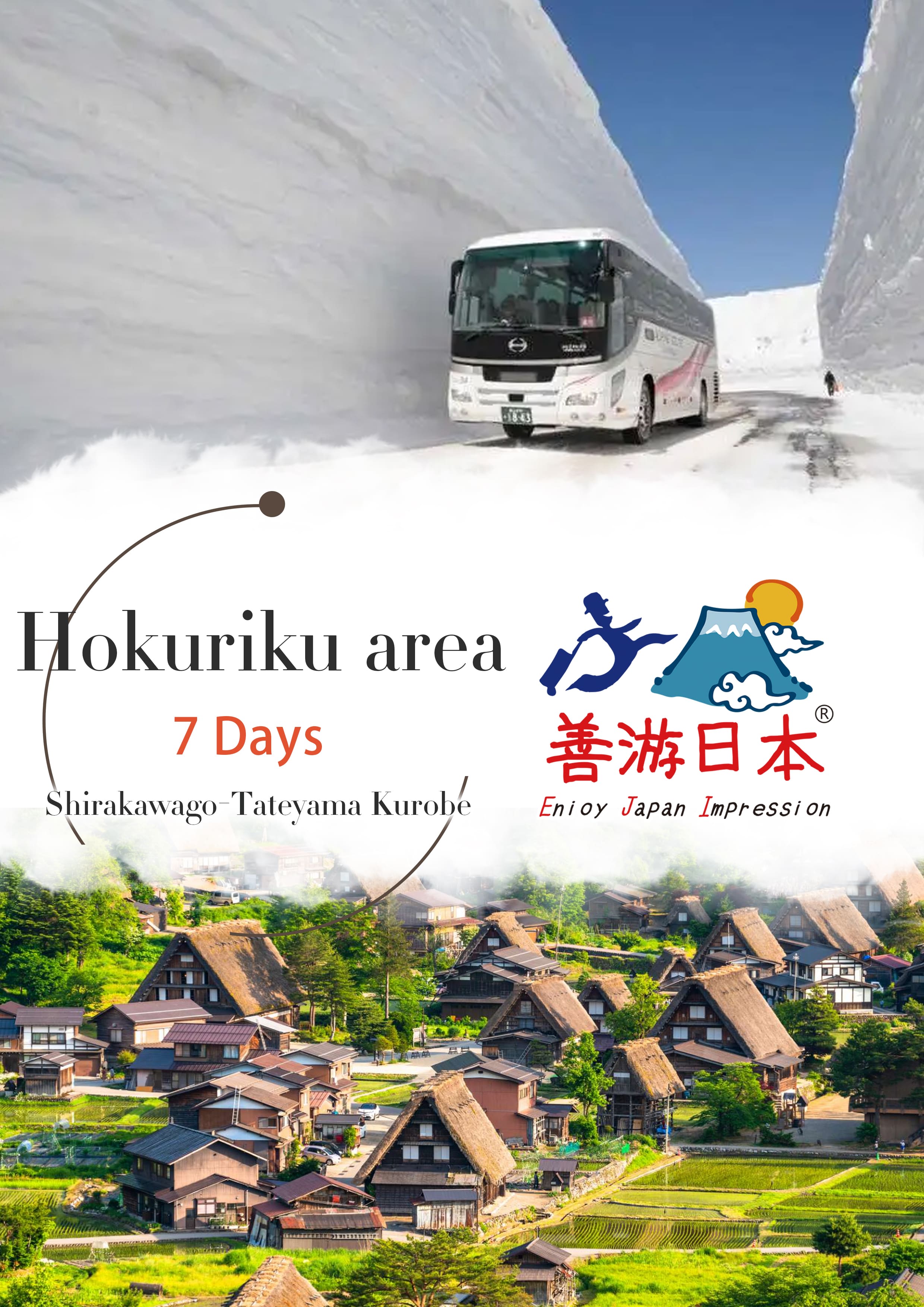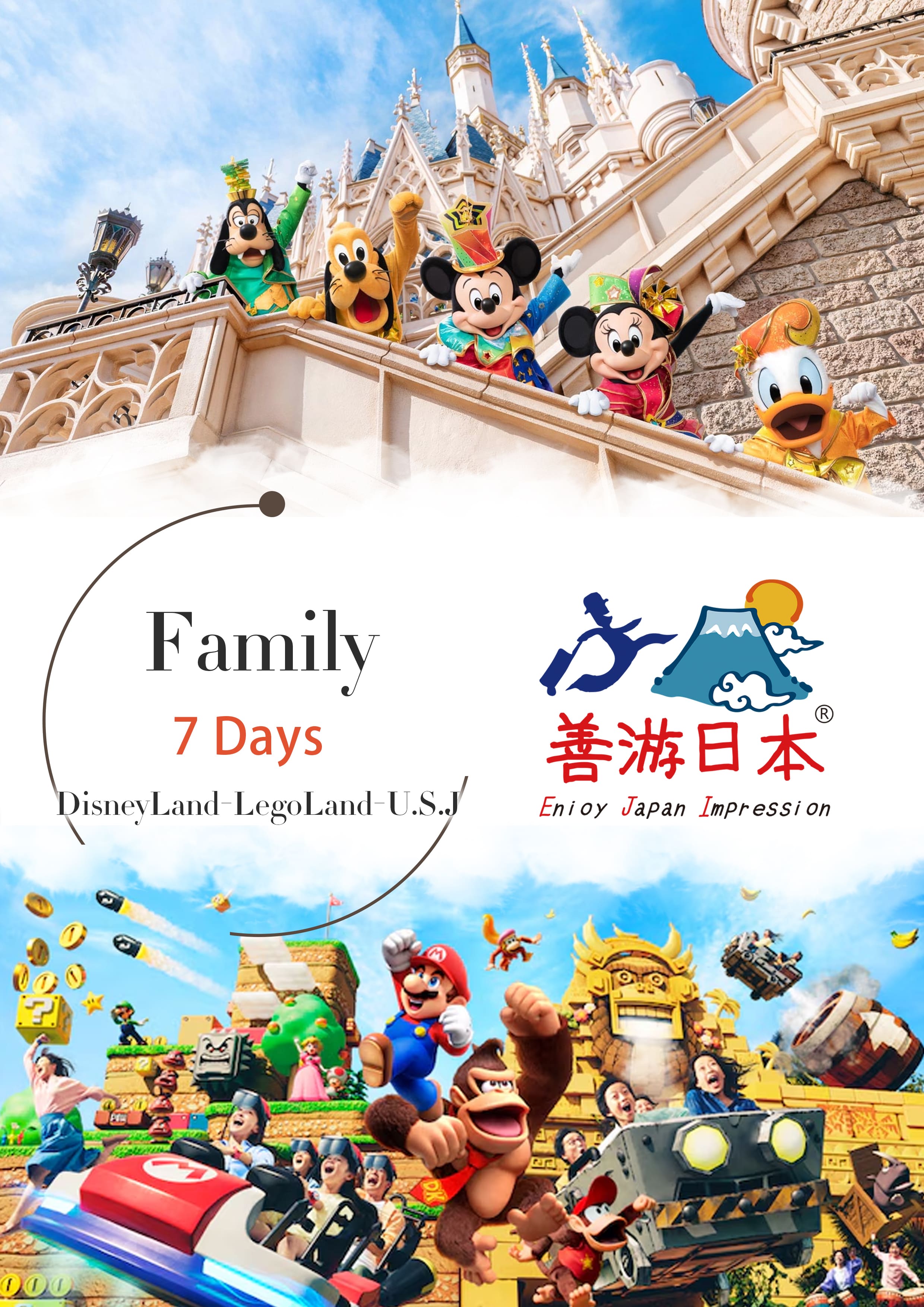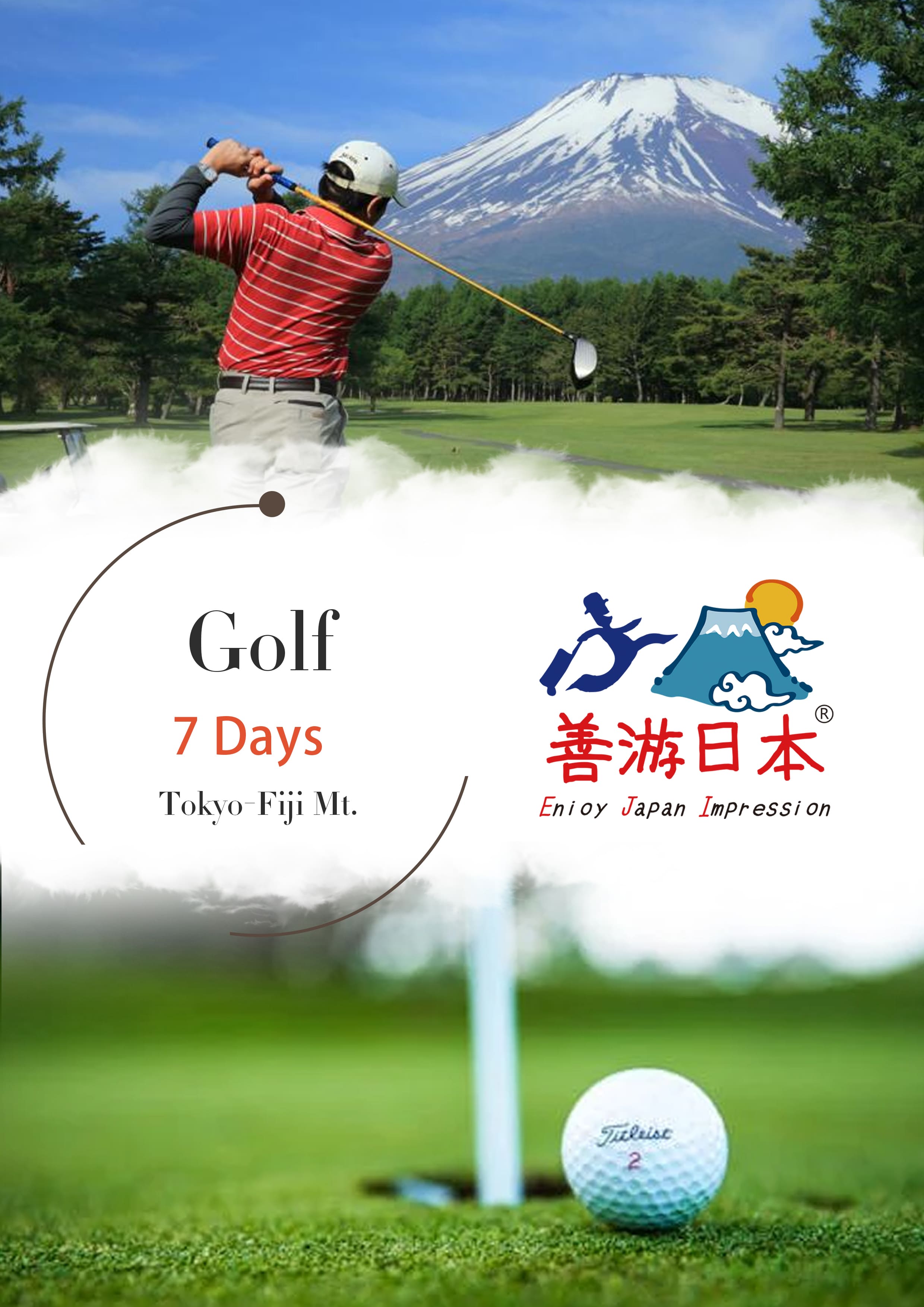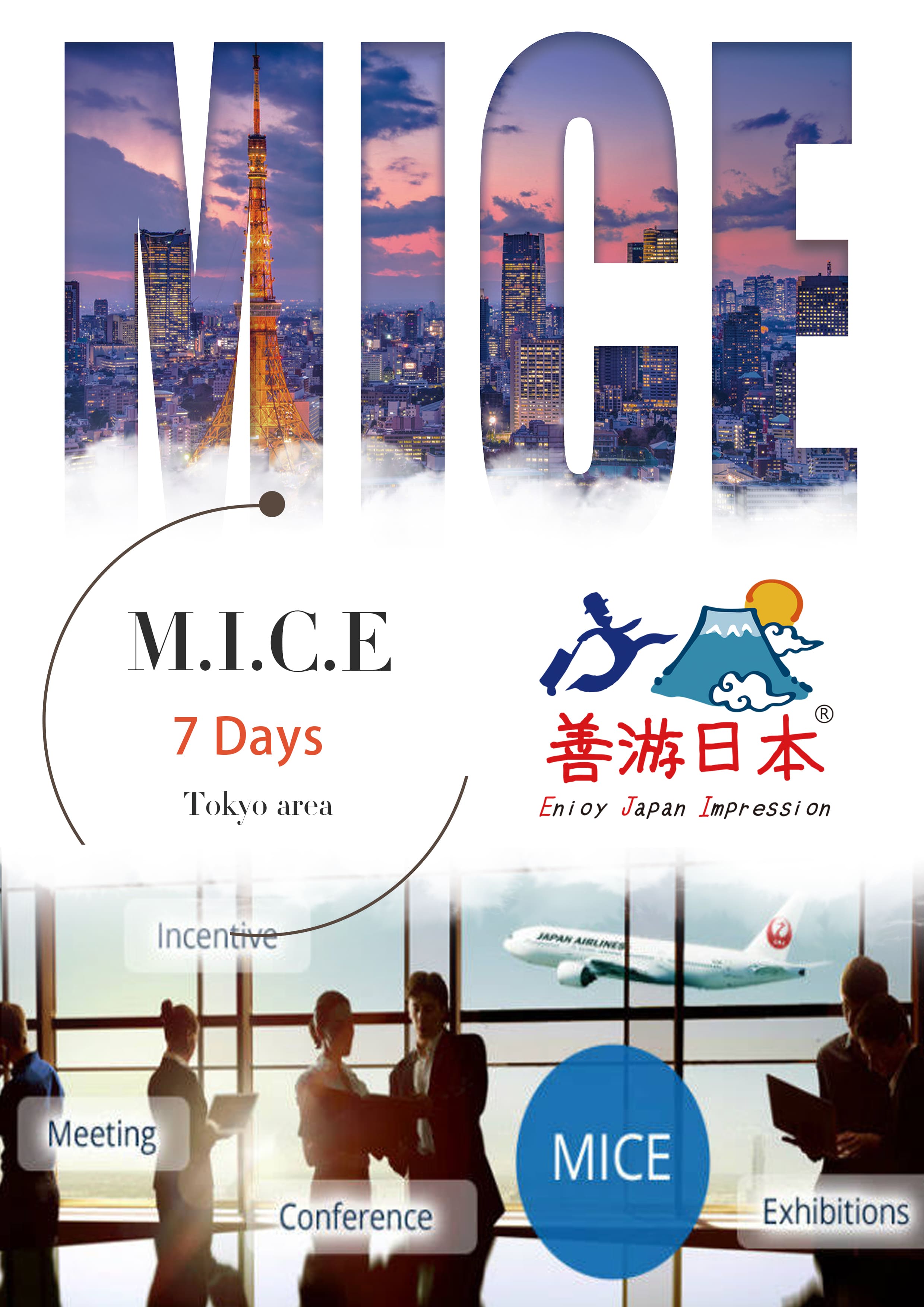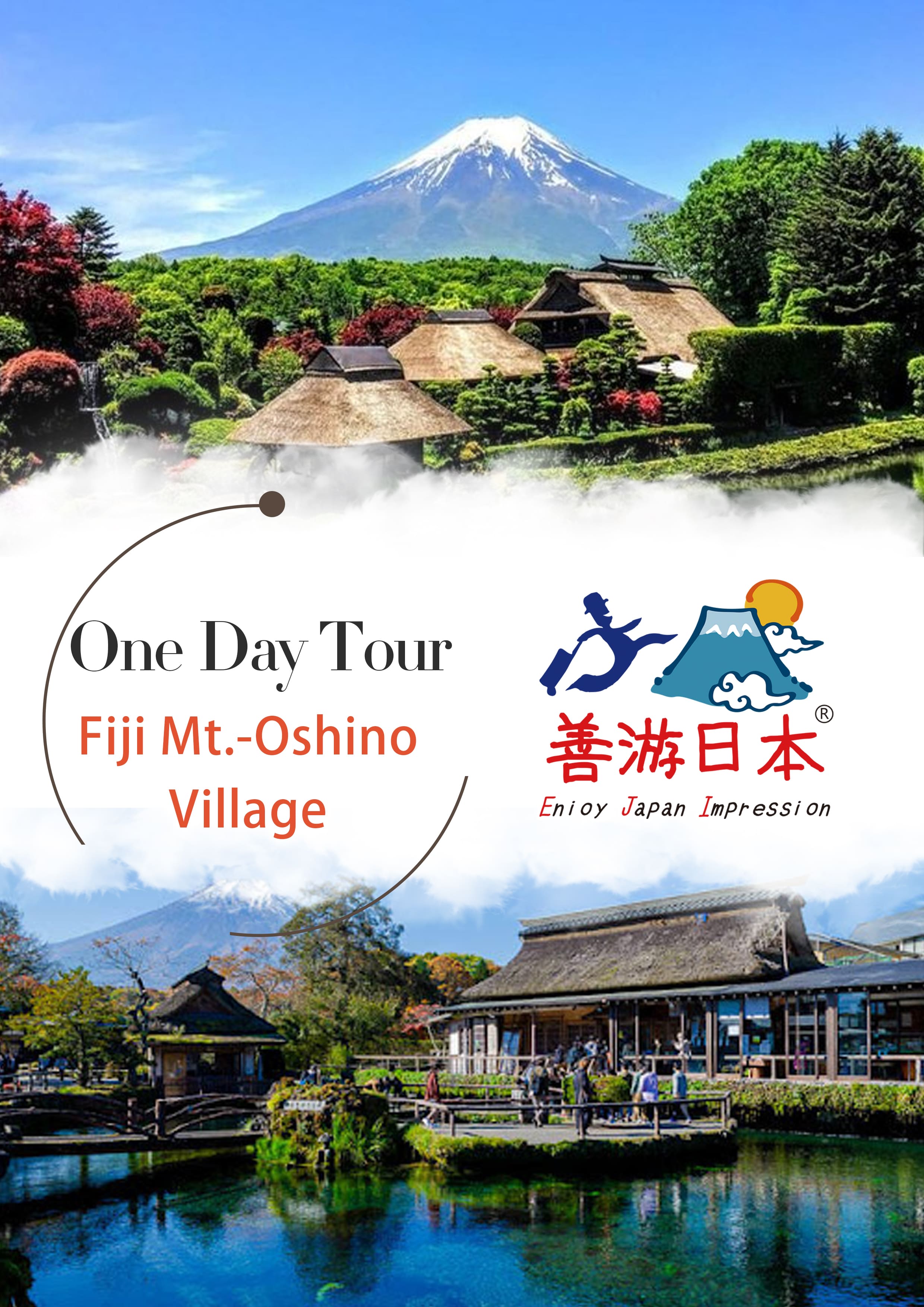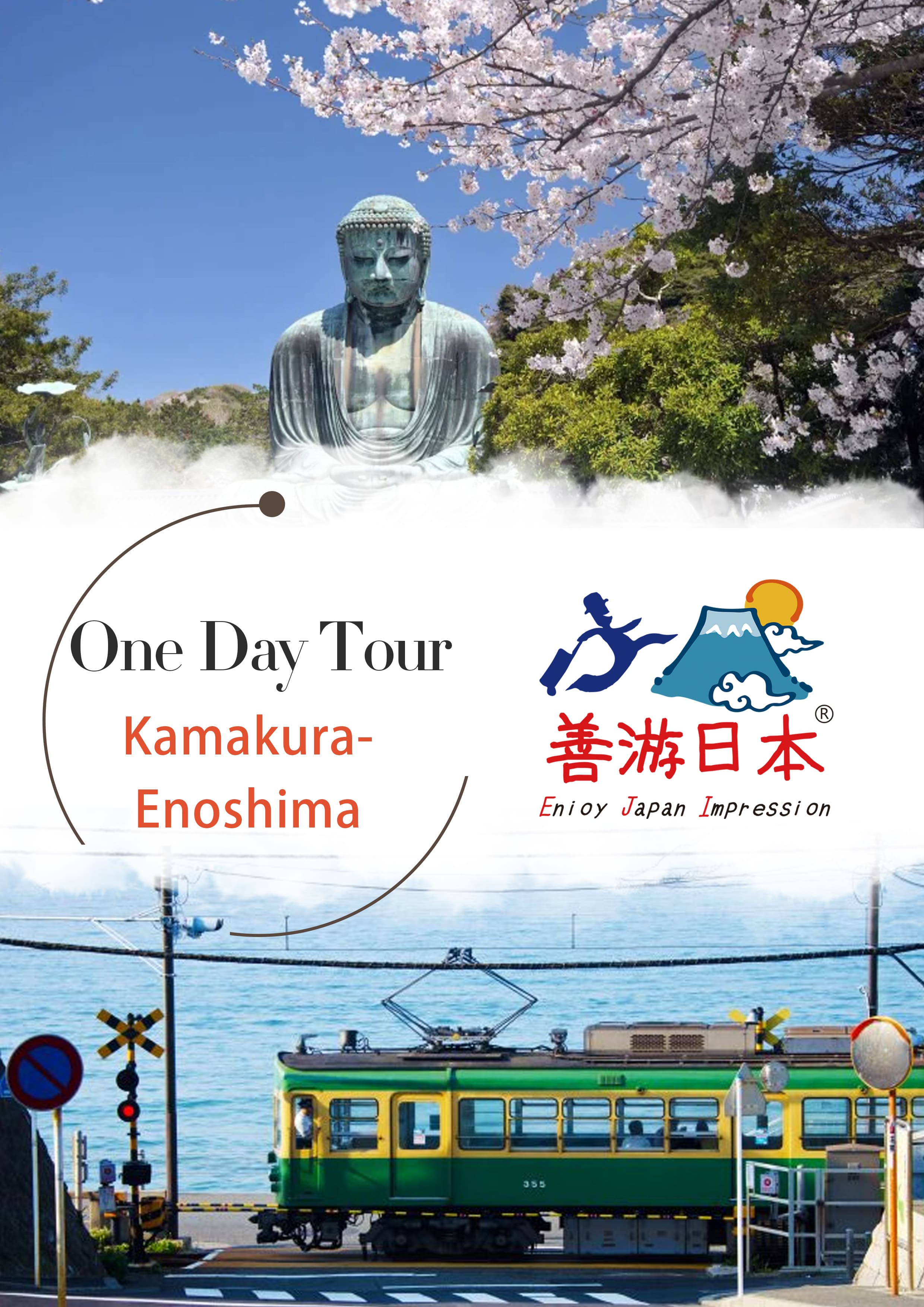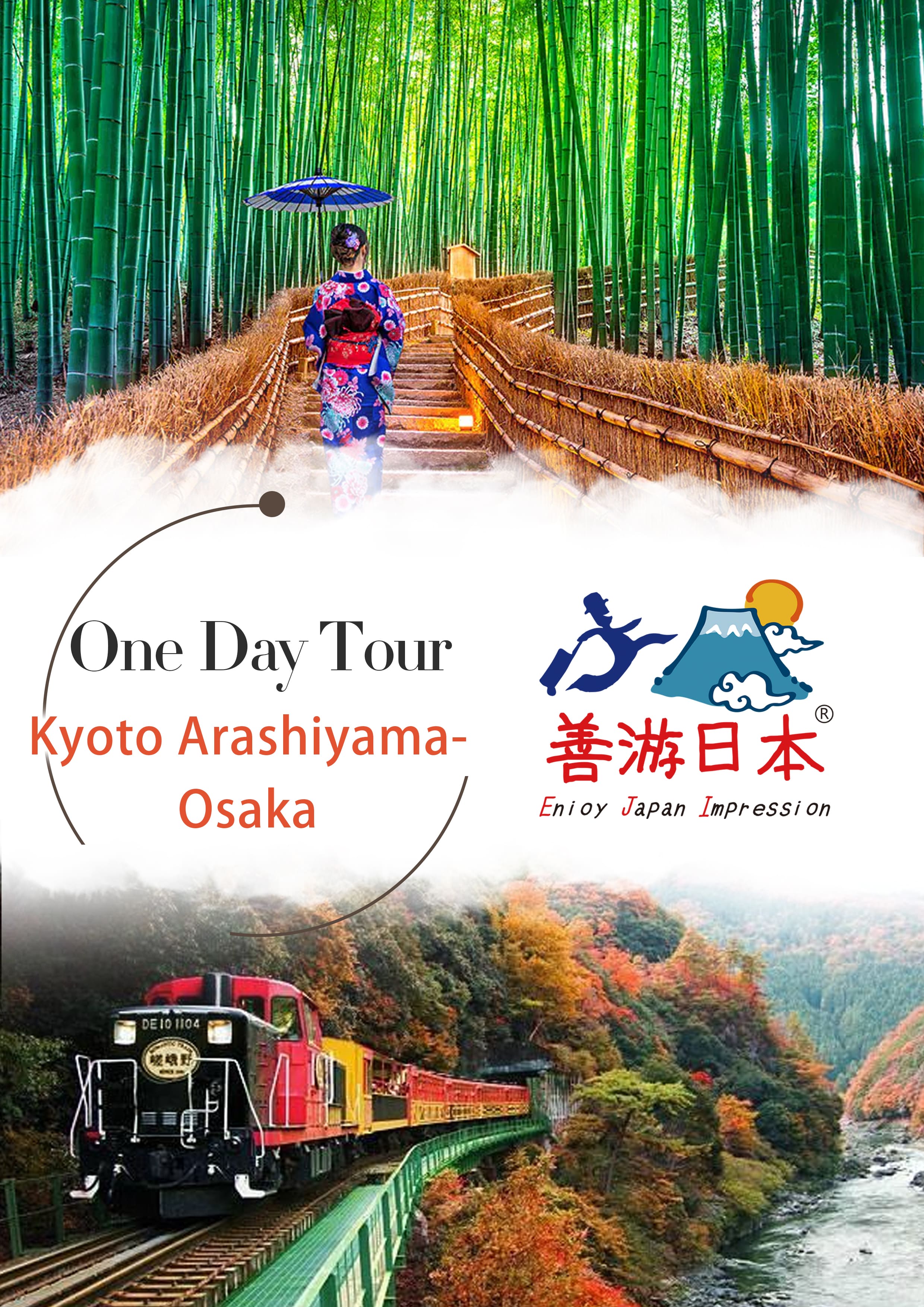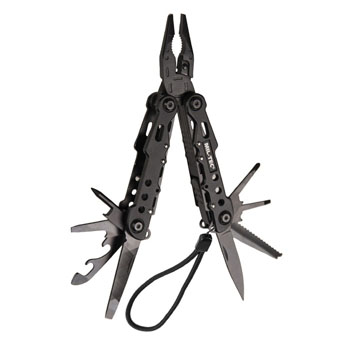Kyoto-Nara
One Day Tour
Group size: 2/4/6/8 people
(if the number is insufficient, we will make other vehicle arrangements or cancel the trip based on the actual number of applicants)
**10:00 Kyoto**
▼ Kiyomizu-dera Area (about 2.5 hours, including time for lunch on your own, free activity)
In autumn, the Kiyomizu-dera is filled with beautiful red leaves, with the most stunning views from the large stage in front of the main hall.
**Recommended Itinerary:**
Option 1: Kiyomizu-dera (entrance fee not included) - Ninenzaka - Sannenzaka - Ishibe Alley - Gion Hanamikoji Street - Yasaka Shrine
Guests can choose some attractions based on their own preferences and physical condition.
Option 2: Kimono Experience
Interested guests can wear a kimono, stroll through the old streets, visit Kiyomizu-dera, and capture the most beautiful moments.
(Kimono rental is available at multiple stores near Kiyomizu-dera and Fushimi Inari Taisha, and it is recommended to rent at Kiyomizu-dera store and return at Fushimi Inari store, rental fee not included)
**Attraction Introduction:**
**Kiyomizu-dera**
A UNESCO World Heritage site and one of Kyoto's popular tourist attractions. Founded in 778, it is the oldest temple in Kyoto and a national treasure of Japan. The Jishu Shrine, located to the north of Kiyomizu-dera's main hall, is a shrine for marriage and love luck in Japan. (Entrance fee: Adults: 400 yen, Elementary and middle school students: 200 yen, fees not included)

**Ninenzaka and Sannenzaka**
Located outside Kiyomizu-dera, these slopes are full of Kyoto's unique charm and are designated as a "Traditional Buildings Preservation Area" in Japan. Both sides of the stone-paved slopes are lined with old-fashioned Japanese buildings, rich in atmosphere, offering various food, paper fans, dolls, chopsticks, and other handicrafts.


**Ishibe Alley**
Turn right at the end of Sannenzaka and continue walking north to find Ishibe Alley. This less crowded, cobblestone-paved alley is lined with elegant traditional Japanese houses, making one feel as if they've traveled back in time, away from the hustle and bustle.

**Gion Hanamikoji Street**
An ancient and famous flower street. In the 1960s, there were nearly a thousand geishas in Kyoto, and today there are still dozens of geisha teachers teaching traditional tea ceremony, flower arranging, koto, gagaku, kyogen, maiko, and bunraku. Walking into the flower street, one is greeted with an ancient style: small teahouses with delicate facades, and tightly closed lattice windows... This mysterious street runs about 1 kilometer north to south, with modernity in the north and tradition in the south, each with its own charm.

**Yasaka Shrine**
Located in Higashiyama, Kyoto, it is one of the most famous and oldest shrines in the Kansai region. There are places to draw fortunes, write ema, and obtain protective charms. The heart-shaped ema for love wishes are very popular.

*(Guests can enjoy a local Kyoto lunch on their own, appreciate the old Japanese buildings, and take countless photos with their phones and cameras)*
**13:00 Kyoto**
▼ Fushimi Inari Taisha (about 70 minutes, free activity)
Fushimi Inari Taisha is famous for its "thousand torii gates" and attracts countless tourists from Japan and abroad every year. It has been ranked as the number one most popular Japanese attraction among foreign tourists on the world's largest travel website for three consecutive years. Here, we can pray for ourselves and our loved ones. The ema at Fushimi Inari Taisha are also unique, shaped like white foxes, and can be creatively painted with various expressions.


**15:30 Nara**
▼ Nara Park (about 1.5 hours, free activity)
See "deer and maple leaves" in Nara Park
The red leaves in the park stand out even more brightly against the green of the evergreen trees.
Nara Park, located at the foot of Wakakusa Mountain in Nara City, is an urban park where Nara's famous attractions such as Todai-ji Temple and Kasuga Taisha Shrine are located. Wakakusa Mountain, near the park, offers a spectacular view of Nara and hosts the traditional "Wakakusa Yamayaki" event every January. A leisurely stroll through the park is the best way to explore, and here is where you can find the most concentrated deer population. Feeding the adorable deer is the highlight for many visitors. The deer are quite intelligent and will approach you if they see you have deer crackers, so be cautious of being surrounded by a herd of deer.

**Recommended Itinerary:**
**Attraction Introduction:**
**Todai-ji Temple** (entrance fee not included)
Also known as Daibutsuden, it was built in 752 by Emperor Shomu to enshrine the Great Buddha and serve as the main temple for all Japanese temples. It is the main temple of the Kegon sect. The current buildings were reconstructed in 1692 after being destroyed by fire twice, and are two-thirds the size of the original. The main hall, with a width of 57 meters and a depth of 50 meters, is the world's largest wooden building. Inside the main hall, there is a statue of the Great Buddha over 15 meters high. The temple also includes the Great South Gate, Nigatsudo Hall, and Sangatsudo Hall. (Entrance fee: Main Hall: Adults 600 yen, Children 300 yen; Main Hall + Museum: Adults 1000 yen, Children 400 yen)

**17:00 Return**
Pleasantly end the day's tour and start the return journey. The return time is for reference only and may be earlier due to smooth travel and good road conditions on the day.
*The above itinerary may be adjusted due to weather, road conditions, etc. Thank you for your understanding.*
**Inclusions:**
1. Vehicle service fees listed in the itinerary
2. Vehicle fuel, tolls, highway fees
3. Vehicle service time: within 10 hours (according to Japanese law)
4. Driver-guide service fee (1-13 people in a small group; 14-45 people in a bus group, actual adjustments will be made based on the number of people on the day)
5. Reference vehicle models: 5-8 seats: Toyota Alphard; 9-14 seats: Toyota HIACE or equivalent; 18-22 seats: mini bus; over 22 seats: large bus. The above vehicles are for reference only and will be adjusted based on the number of people on the day.
6. Children aged 0-2 sitting on laps are free; please inform in advance; children aged 3 and above are charged as adults
**Exclusions:**
1. Accommodation fees, meals, attraction tickets, optional local activities, and other personal expenses
2. One-day tour, not recommended to bring luggage. If you need to bring luggage, please note when registering.
3. Any items not mentioned in the "Inclusions" above.
---
